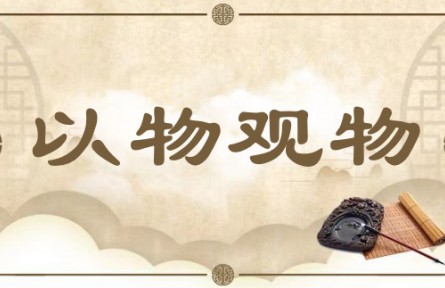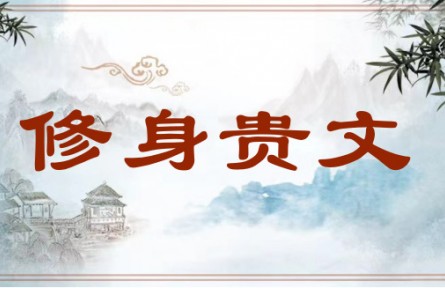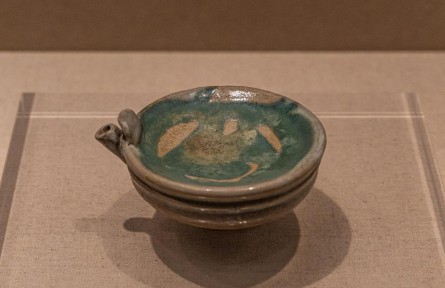
不同事物之间的和谐共处。古人认为,不同事物的共处及事物间稳定秩序的形成,不能通过消除事物之间的差异来实现,而应在尊重和保全个体差异的基础上,寻求事物之间的和谐共处,这就叫“和”。在“和”的状态下,不同事物可以发挥其各自的特质,相互补充、相互辅助,激发个体乃至整体的活力。
The ancient Chinese believed that coexistence of different things and a stable order among them could not be realized by eliminating their differences; such coexistence could be achieved only by seeking to get along in harmony on the basis of respecting and preserving individual differences. That is what is meant by "harmony." In such a way, different things can develop themselves while complementing each other, stimulating the vitality of both individuals and all.
引例 Citations:
◎夫和实生物,同则不继。(《国语·郑语》)
不同的事物相互调和而生成新的事物,只有相同的事物则难以有延续。
Harmony begets new things; while uniformity does not lead to continuation. (Discourses on Governance of the States)
◎君子和而不同,小人同而不和。(《论语·子路》)
君子与人和谐相处却不会盲目附和,小人盲目附和而不能真正和谐相处。
A man of virtue pursues harmony but does not seek uniformity; a petty man seeks uniformity but does not pursue harmony. (The Analects)
推荐:教育部 国家语委
供稿:北京外国语大学 外语教学与研究出版社
责任编辑:钱耐安





